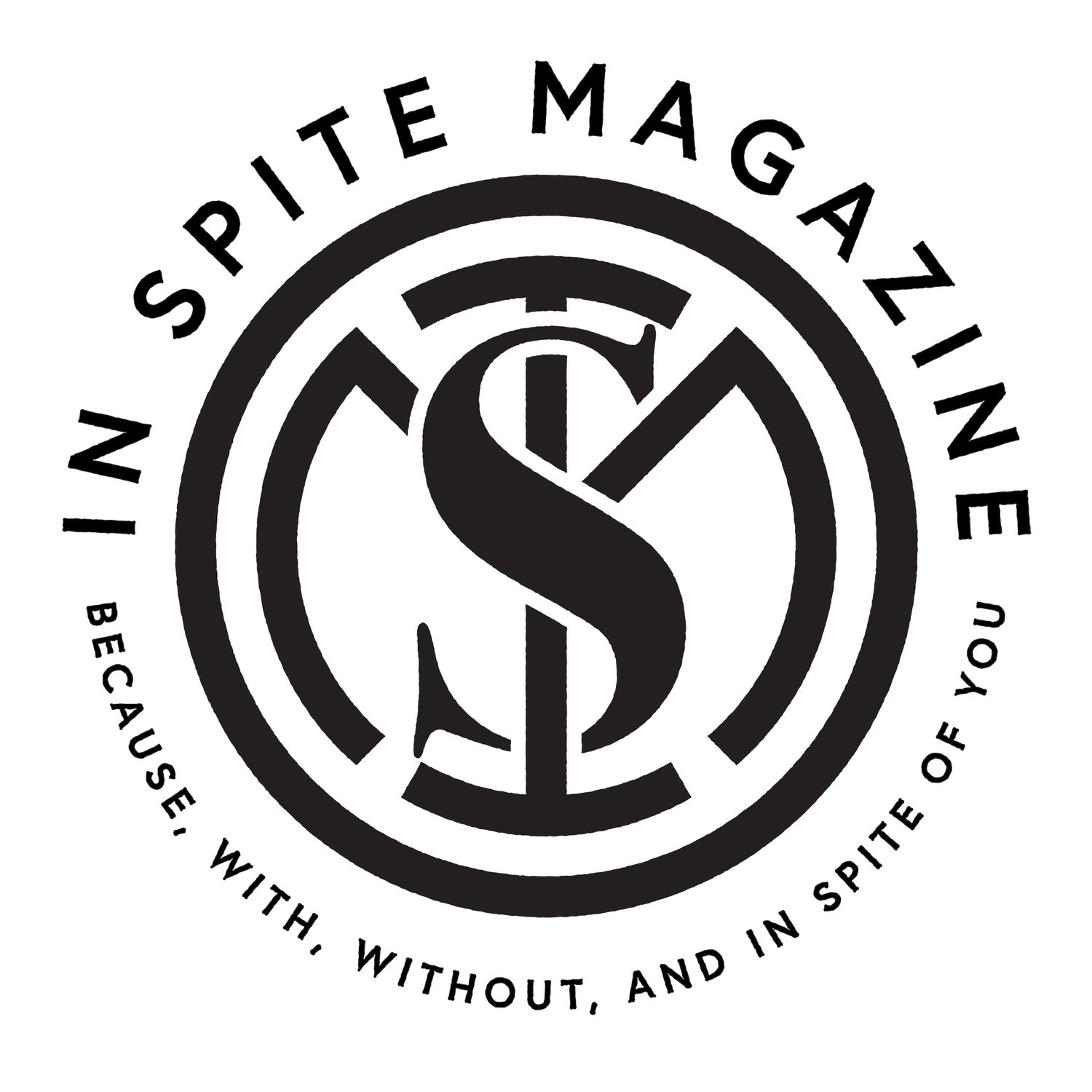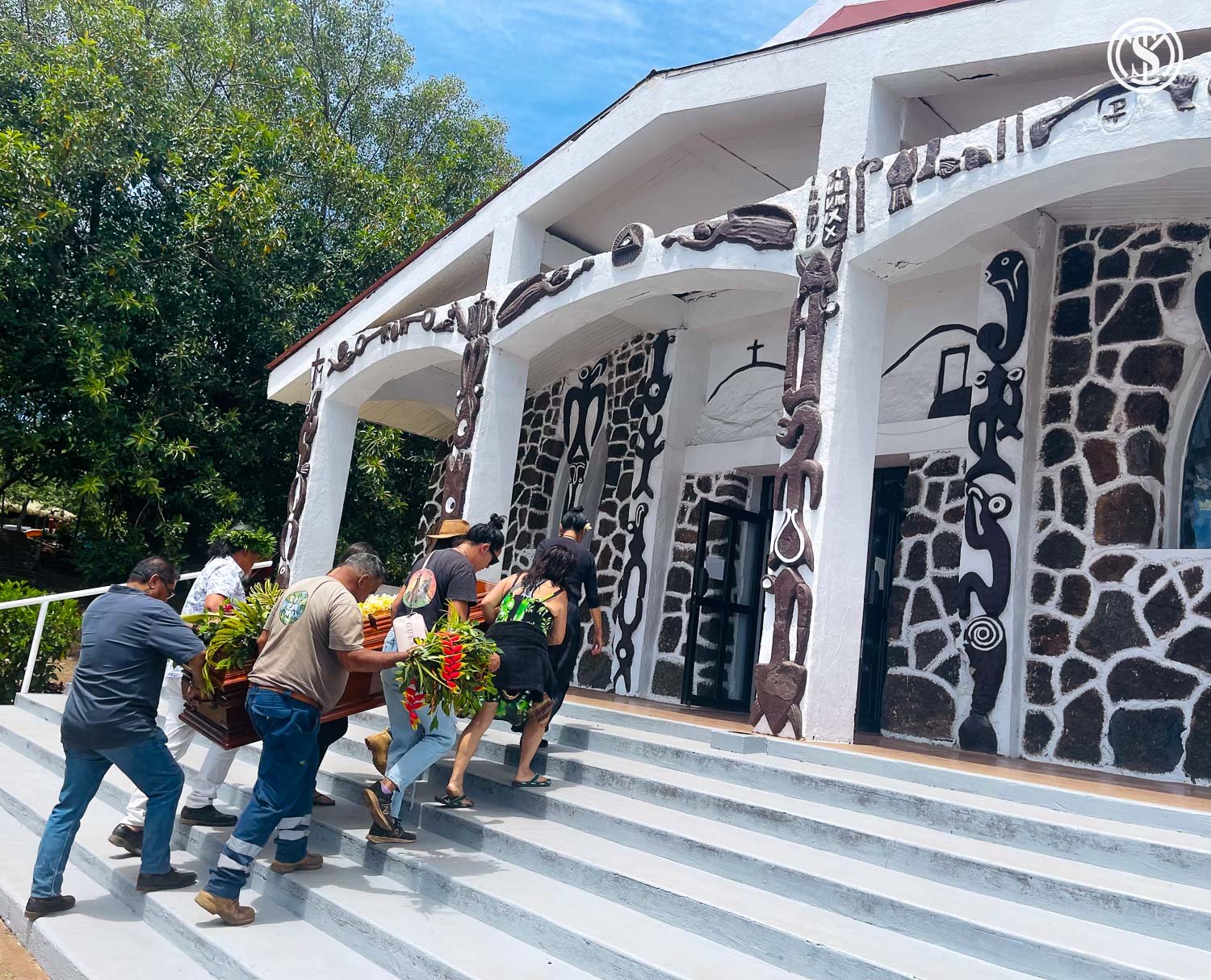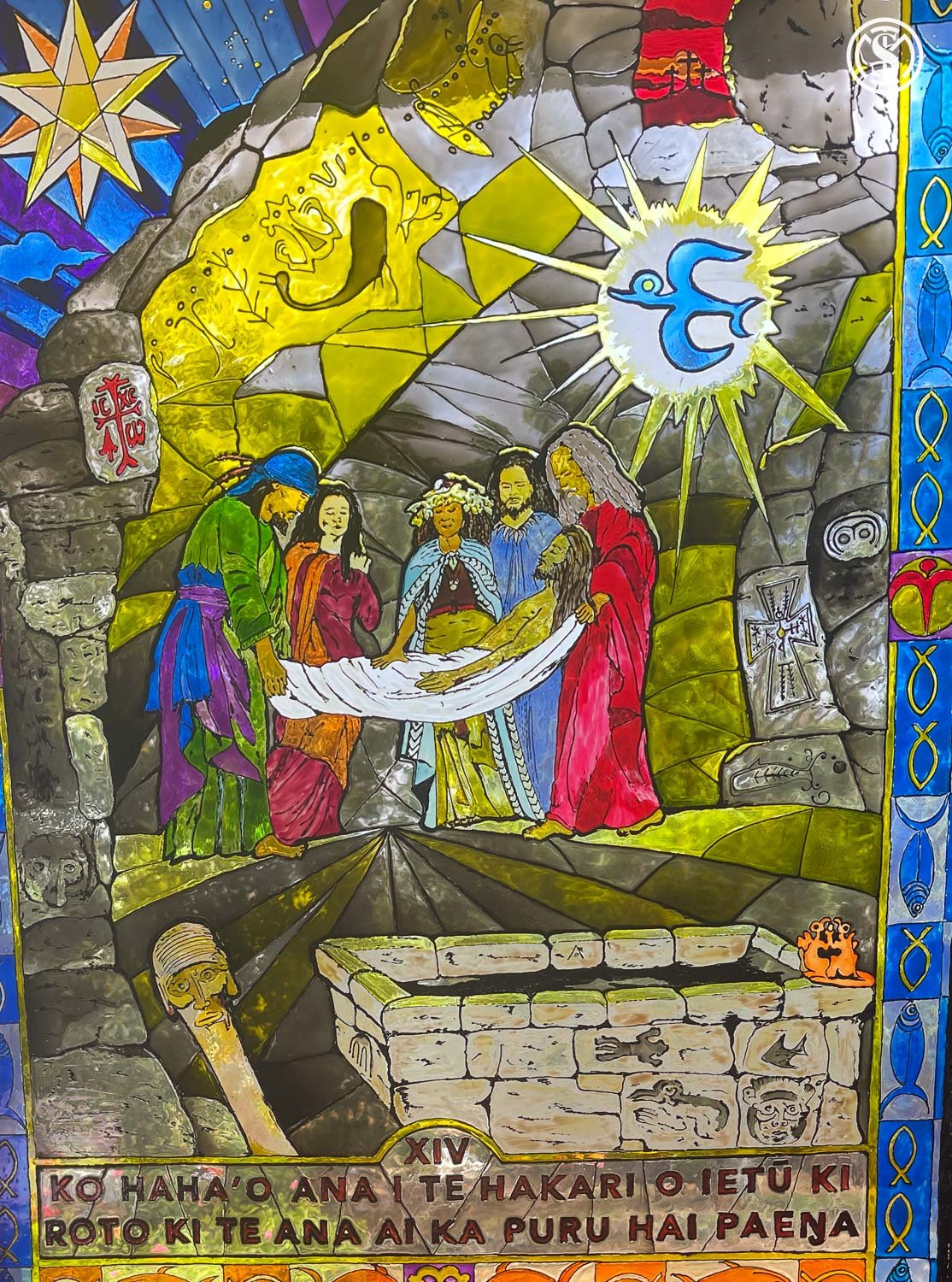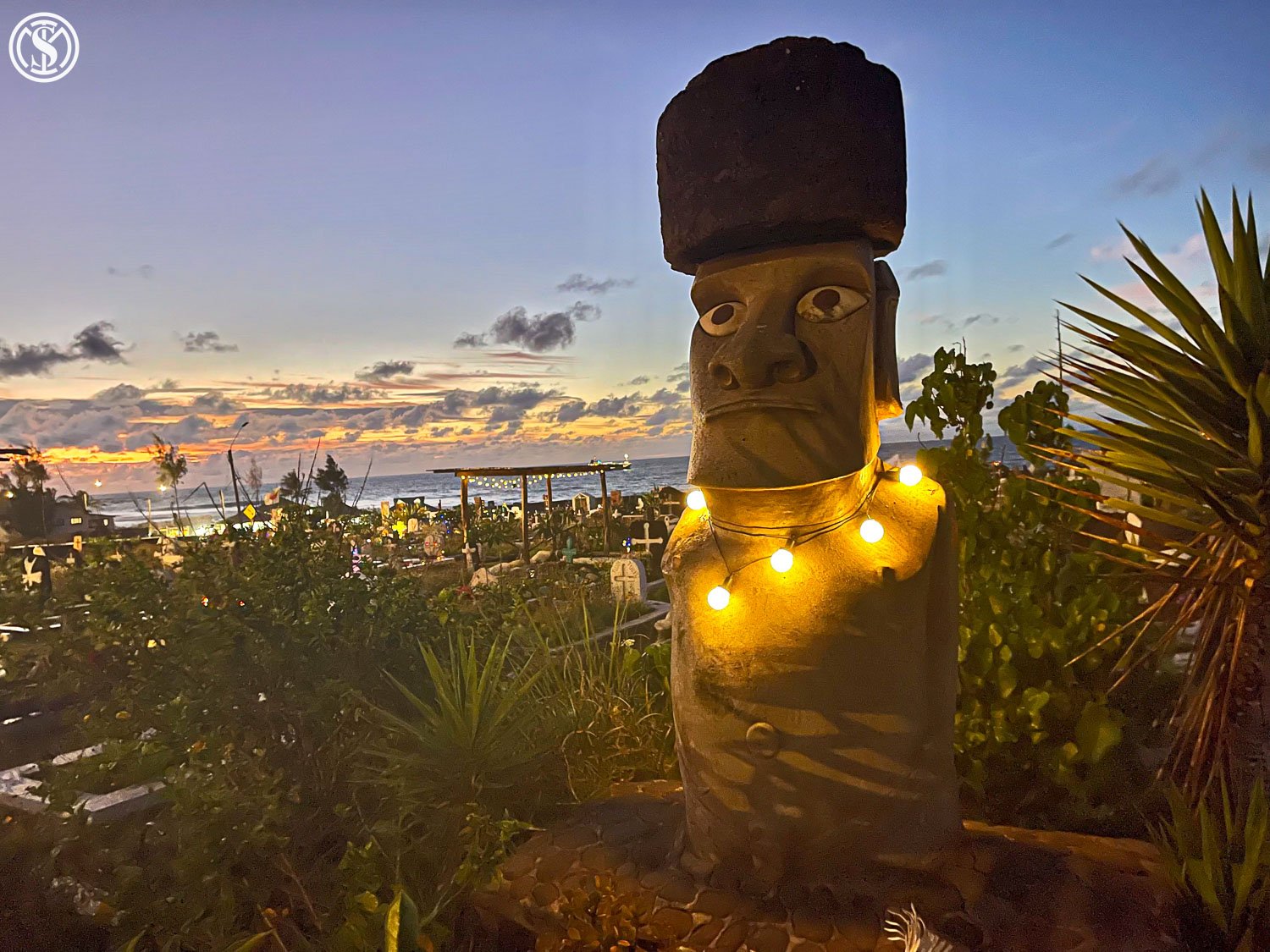Easter Island (Rapa Nui) Idol Worship In The Era Of Instagram Famous
All Photos courtesy of YS Kim
In the early '90s at Tower Records Sunset Strip, a wise old punk in a Hawaiian shirt served as my sage. Doused in the scent of Spearmint Gum masking off-brand whiskey, he shared valuable life advice while we worked as cashiers in the CD Department. Serving celebrity clientele, from Jim Reid of The Jesus and Mary Chain to John Waters, I, an 18-year-old in a tattered Wire shirt, listened as he imparted insights into his aging punk world. He declared, "Kid, when you get to be my age, we punks can age into getting REALLY into tiki or into classic country. But you know what I realized, I like BOTH."
Like a punk Socrates, he instilled in me this geriatric philosophic path that I now follow. Approaching his age, I understood what Merle Haggard, The Shakespeare of Bakersfield, expressed in "Mama Tried" when diving into Tiki Exotica. My first exposure was at the old Trader Vic’s in Beverly Hills, where Fairfax punks sought refuge. I would often sit in the Tiki-themed bar sipping a Mai Tai and dream of Easter Island, I finally experienced it for real, moving beyond my perception fueled by Instagram and fake friends.
To get there, I had to secure one of the few flights to Hanga Roa, Easter Island, from Santiago, Chile. Upon landing, an important spiritual journey unfolded. My first encounter was a funeral procession near the Church of Rapa Nui, intertwining Christian imagery with Rapa Nui cultural decorations. The Rapa Nui Cemetery, with moai heads as gravestone markers, offered a poignant reminder of local leaders and their significance. As the sun set, the cemetery transformed with Christmas lights, creating an Easter Island version of Disneyland’s Electric Light Parade.
Guided by Patricio, a Chilean-Sicilian historian, my exploration of Easter Island's famed sights began. Rano Raraku, a "moai factory," amazed with rows of moai frozen in time, waiting for transfer. Patricio's excitement echoed as he explained the unique nature of these moai, unlike any other in the world. Later, at the Rapa Nui cultural show, Kari Kari, my inadvertent participation earned me the title of "L.A. Dance Man," immortalized in videos by Chilean and German tour groups.
Confessing my escapade to Patricio, thunderous laughter echoed through the island. Ahu Tongariki, with 15 famed Moai statues against the backdrop of the majestic blue ocean, offered a moment of peace and reflection. Yet, the "L.A. Dance Man" scenario played out once again, with tourists sharing videos of my dance moves. As I drove past the Rapa Nui Cemetery, ready for its nightly Electric Parade, I understood the magic realism that made the islanders never want to leave this heaven on Earth.
YS Kim in his natural habitat





































